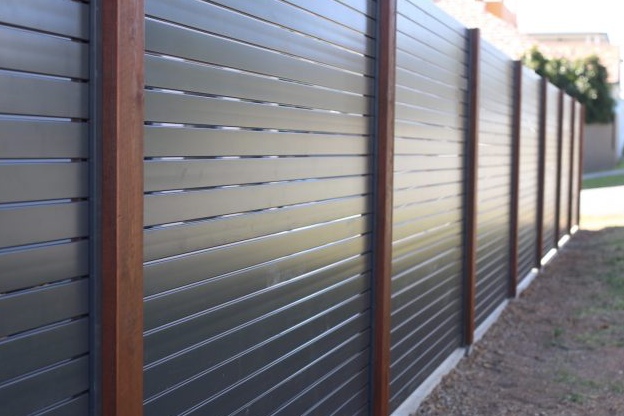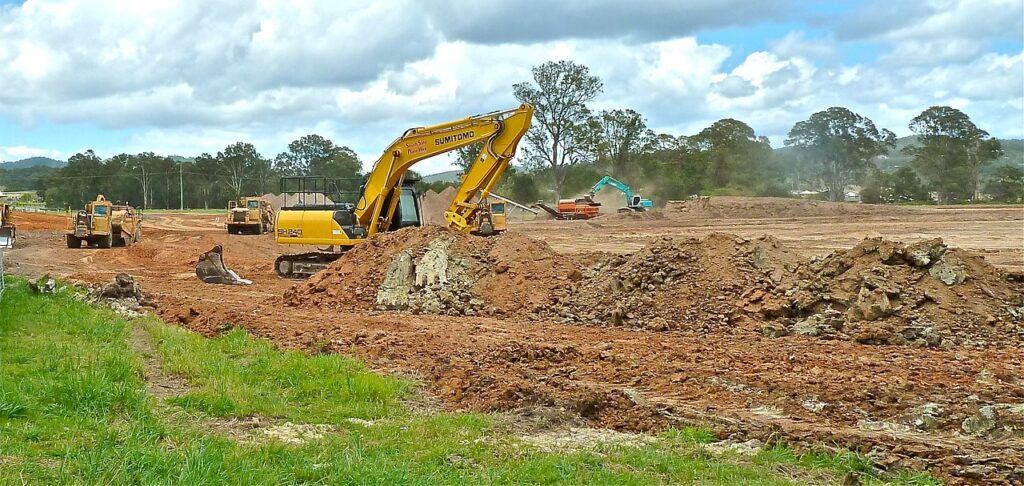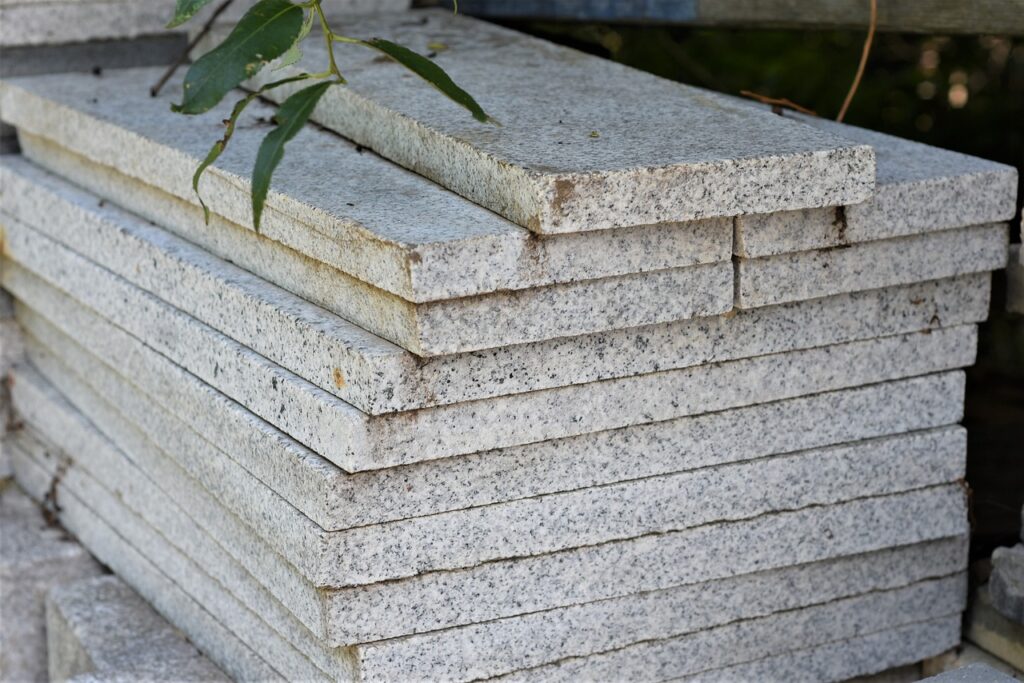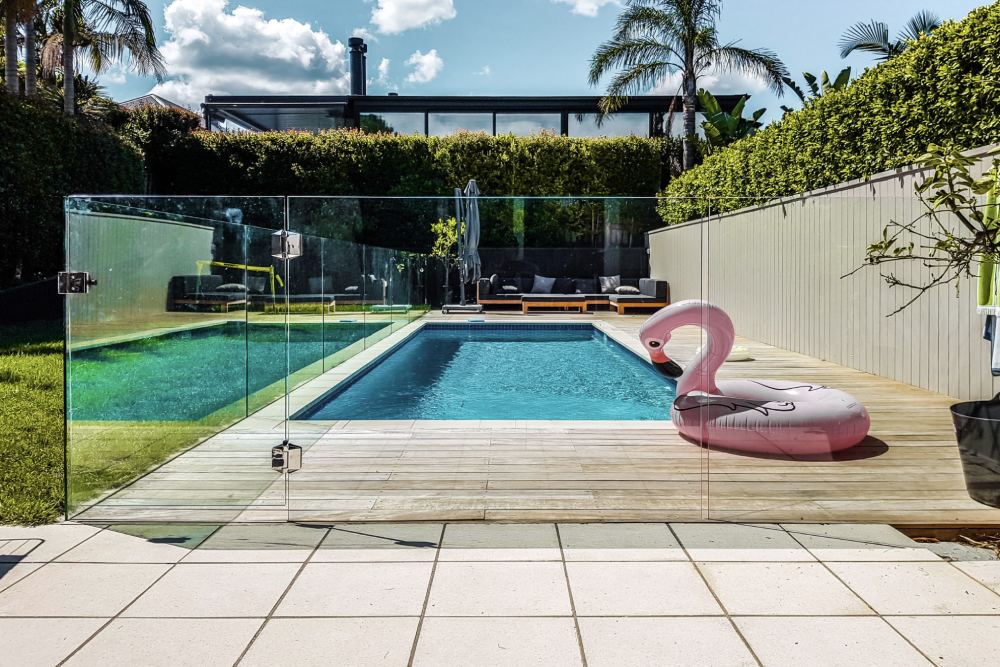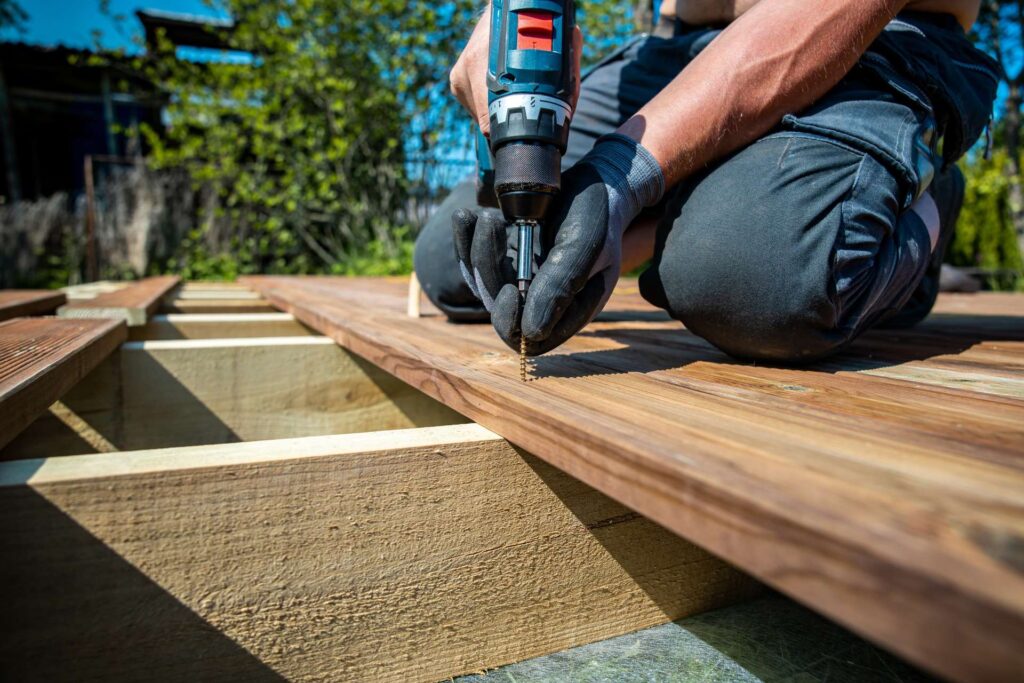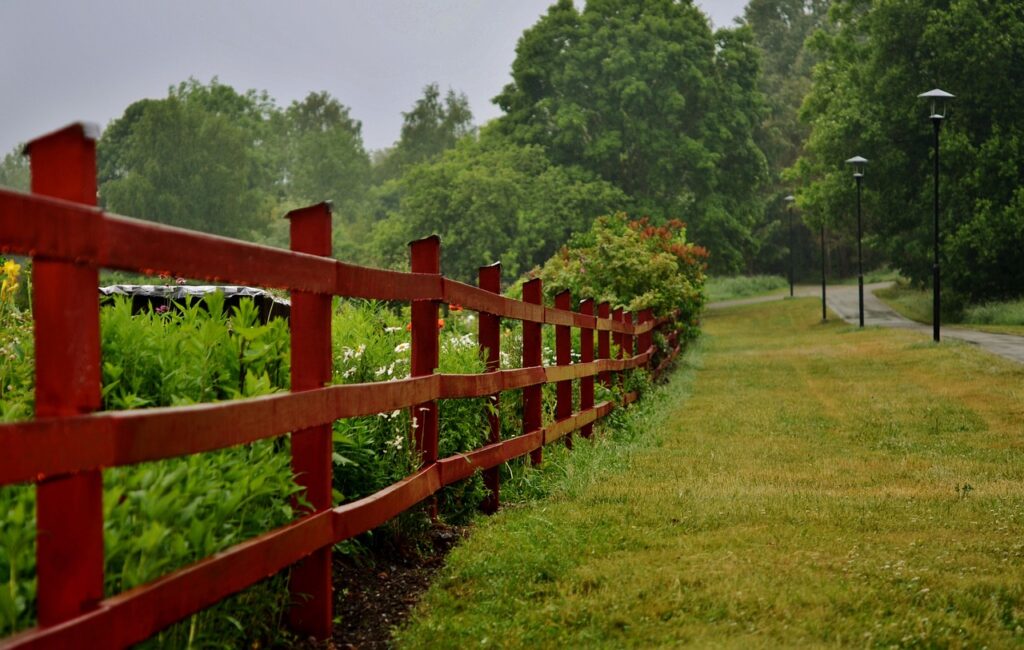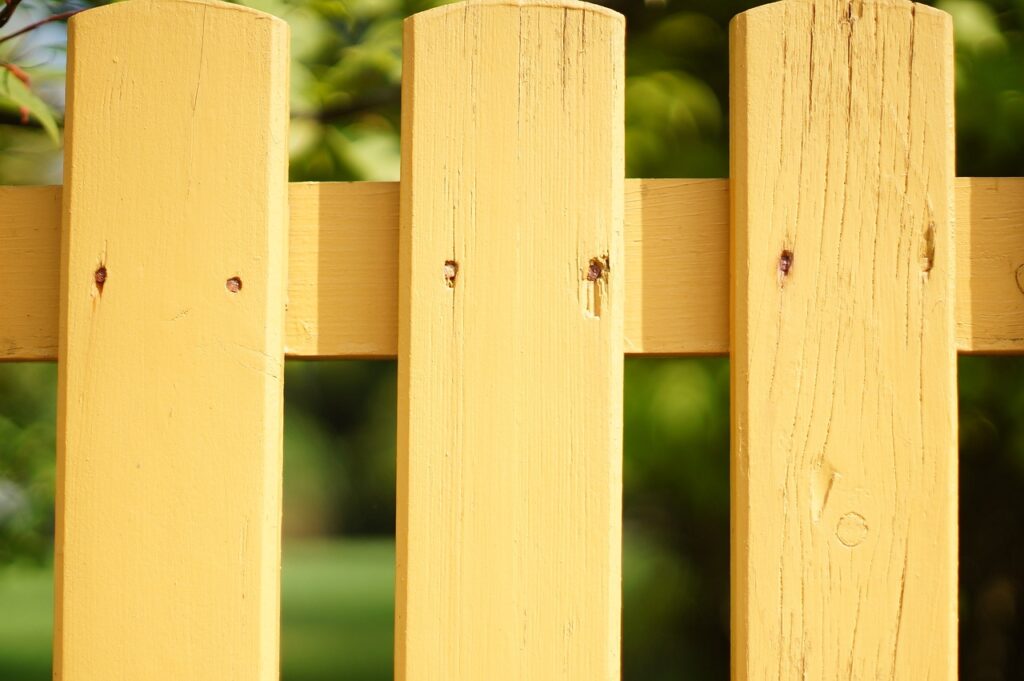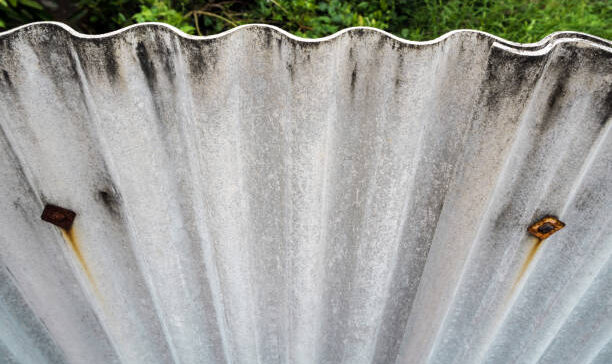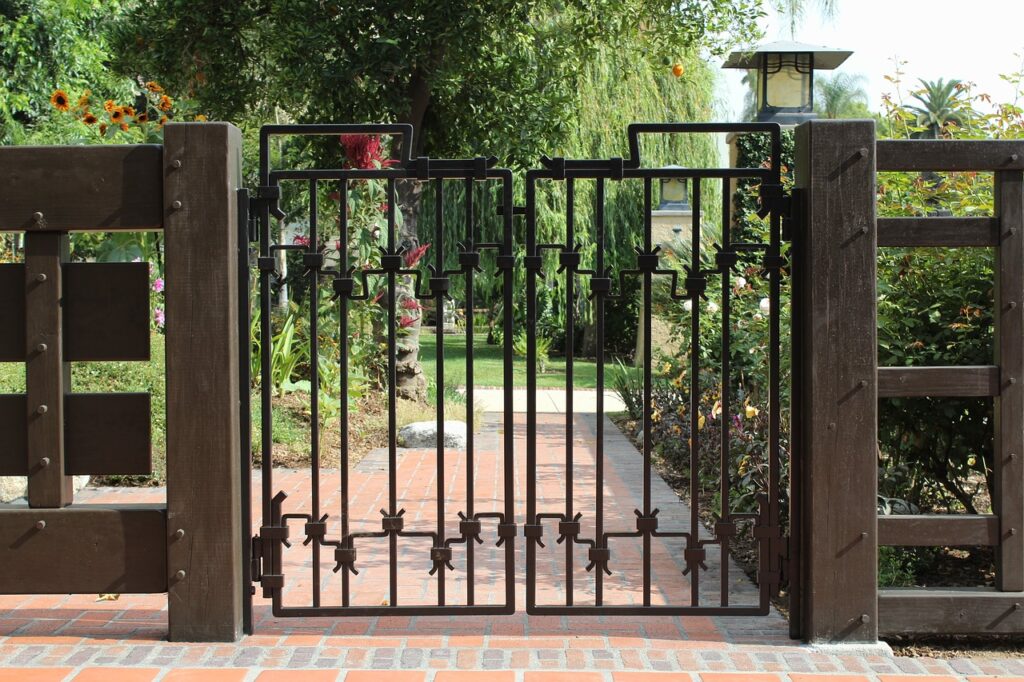Welcome to our comprehensive guide on understanding fencing costs per meter in New Zealand. This guide is designed to provide homeowners, farmers, business owners, and anyone interested in fencing with a clear understanding of the costs involved. We’ll explore different types of fencing, factors affecting costs, legal considerations, and much more to help you make informed decisions for your fencing needs.
In New Zealand, the price for fencing per meter ranges between $50 and $400. This variation in cost is influenced by factors such as the material used, the location, and the accessibility of the property. PVC fencing is the most economical option, priced at around $50 per meter. On the higher end, steel fencing can cost up to $400 per meter, attributed to its superior quality. Ultimately, the choice of fencing material and the desired finish will largely determine the overall expense.
Electric fencing, a middle-ground solution often used for livestock, balances efficiency and cost from $180 per meter for a 6-strand Wall Top to $1,500 per meter for a 30-strand Free Standing. Vinyl fencing can start from $200 per lineal meter, while higher in initial price, offers long-term durability and minimal maintenance. Factors like property size, terrain, labor rates, and additional features like gates or custom designs also affect the overall cost.
- What Is Fencing And Why It Matters In New Zealand
- Types Of Fencing Available In New Zealand
- Factors Affecting Fencing Costs
- Average Fencing Costs Per Meter In New Zealand
- DIY VS Professional Fencing Installation
- Tips For Reducing Fencing Costs
- Legal Considerations And Regulations In New Zealand
- Hiring A Fencing Contractor In New Zealand
- Future Trends In Fencing And Potential Impact On Costs
- FAQs: About Fencing Costs Per Meter In New Zealand
- Conclusion
- Find A Builder Connect Approved Fence Builder Near You!
What Is Fencing And Why It Matters In New Zealand
Fencing, a structure enclosing an area, plays a pivotal role in New Zealand’s landscape. It’s more than just defining property boundaries; it’s about security, privacy, and even cultural heritage. For farmers, it’s essential for livestock management, while urban residents see it as a means of creating private spaces. Understanding the role of fencing in both urban and rural New Zealand sets the stage for appreciating its value and cost.

Types Of Fencing Available In New Zealand
New Zealand’s diverse landscape calls for a variety of fencing types, each serving different purposes:
Wood Fencing:
Wood fencing stands as a timeless and traditional choice, blending effortlessly with various landscape designs while imbuing your space with a warm, natural aesthetic. Its inherent versatility allows it to be crafted into numerous styles, from classic picket fences to more modern, sleek designs.
However, this natural beauty comes with a need for regular maintenance. Exposure to weather elements like rain, sun, and wind can take a toll on wood fences. To preserve their charm and longevity, it’s important to treat and protect them against these environmental factors. Regular staining or painting, along with prompt repairs of any damage, will ensure that your wood fence remains both beautiful and functional for years to come.
Wire Fencing:
Wire fencing is a popular choice in agricultural environments, known for its practicality and cost-effectiveness, especially when it comes to enclosing large areas. Farmers and landowners often opt for this type of fencing because it’s durable and stands up well to various weather conditions, making it a reliable option for securing livestock or marking property boundaries. However, it’s important to note that wire fencing does have its downsides.
It provides less privacy compared to other fencing types like wood or vinyl, and it doesn’t offer much in terms of aesthetic appeal. This makes it less suitable for residential areas where homeowners might prefer a fence that enhances the visual appeal of their property. Nevertheless, for those prioritizing functionality and budget, wire fencing remains an unbeatable choice.
Electric Fencing:
Electric fences are a vital tool for animal control in the world of farming, offering a safe yet highly effective means of creating boundaries. Unlike traditional fences, they are not only easy to install but also require minimal effort to maintain. These fences work by delivering a short, sharp shock to animals that touch them, which acts as a deterrent without causing harm.
This makes them an ideal choice for farmers looking to protect their crops or contain their livestock. Moreover, electric fences are adaptable to various farm sizes and types of terrain, making them a versatile solution in the agricultural industry.
Vinyl Fencing:
Vinyl fencing, a contemporary choice for many homeowners, presents itself as an excellent alternative to traditional wood fencing. Unlike wood, vinyl is renowned for its minimal maintenance demands, saving time and effort in the long run. This type of fencing stands resilient against various weather conditions, reliably maintaining its appearance and integrity over time.
However, it’s important to note that this durability and ease of care come with a higher price tag. While initially more expensive than wood, vinyl fencing can be a cost-effective solution in the long term due to its longevity and low upkeep requirements. Selecting the right type of fencing depends on your specific needs, whether it’s enhancing curb appeal, ensuring privacy, or managing livestock.

Factors Affecting Fencing Costs
The cost of fencing in New Zealand is influenced by various factors:
Material Costs:
When considering the materials for any project, it’s important to recognize that the type of material you choose is a crucial decision. This choice significantly influences both the aesthetics and durability of the final product. The cost of these materials can vary greatly, depending on their quality and type. For instance, if you opt for premium materials like high-quality wood or top-grade vinyl, you should expect to pay more.
These materials are prized for their longevity and appearance, making them a favorite for those who prioritize quality. On the other hand, more economical options like wire are available. While these may be lighter on the budget, they often don’t offer the same level of durability or aesthetic appeal. Ultimately, the decision on materials should balance cost considerations with the desired outcome in terms of look and longevity.
Labor Costs:
When you’re considering getting something installed, it’s important to keep in mind that the overall costs can fluctuate quite a bit. This variation largely depends on how complex the installation job is. If it’s a more intricate task, it’s likely going to cost you more.
Another key factor that influences the cost is the going rate for labor in your specific area. Areas with higher living costs tend to have higher labor rates, which in turn can bump up the installation costs. So, it’s always a good idea to do a bit of research and possibly get a few quotes to understand what you might be looking at, price-wise, for your particular installation needs.”
Property Size And Layout:
When considering the landscaping or maintenance of larger properties, it’s important to keep in mind that these spaces often come with higher costs. This is primarily because they require more materials to cover the extensive area. Furthermore, if the property features challenging terrain or is dotted with various obstacles, this adds to the complexity of the work. Navigating such hurdles demands not only extra materials but also additional labor.
The intricacies of working around natural formations, uneven grounds, or man-made structures mean that more time and effort are needed to achieve the desired results. As a result, property owners should anticipate a higher expenditure for these kinds of properties, as the scale and complexity of the work are significantly greater compared to smaller, simpler landscapes.
Additional Features:
When planning your project, it’s important to remember that adding custom features like specially designed gates, unique designs tailored to your preferences, and high-quality finishes can significantly impact your overall budget. These customizations, while adding a personal touch and enhancing the aesthetic appeal, often require additional resources, skilled craftsmanship, and more expensive materials.
This means you should be prepared for a higher expenditure. It’s a good idea to factor in these potential costs early in the planning process to ensure that you can achieve the desired result without financial strain. Keep in mind that these custom elements can turn an ordinary project into something truly exceptional, making it a worthwhile investment for those who value uniqueness and quality in their work.

Average Fencing Costs Per Meter In New Zealand
When considering the installation of a fence around your property, understanding the various types and their associated costs is crucial. Fences not only enhance the aesthetic appeal and security of your home but also can be a significant financial investment. This guide delves into the current average costs of different fencing types, offering you a comprehensive understanding to make an informed decision.
Wood Fencing: A Timeless Choice
Wood fencing is a classic option, favored for its natural appearance and versatility. The cost can vary significantly based on the type of wood and the design’s complexity. On average, homeowners can expect to spend between $13 to $27 per linear foot. Cedar and redwood are pricier but offer longer durability, whereas pine is more budget-friendly but may require more maintenance.
Vinyl Fencing: Low Maintenance And Longevity
Vinyl fencing, known for its low maintenance and durability, is a popular choice among homeowners. It’s resistant to weathering, insects, and decay, making it a long-lasting option. The average cost for vinyl fencing ranges from $15 to $30 per linear foot. The initial investment is higher compared to some materials, but its longevity can make it more cost-effective in the long run.
Aluminum Fencing: Elegant And Rust-Resistant
Aluminum fencing offers a blend of elegance and durability, being both rust-resistant and lightweight. It’s an ideal choice for decorative purposes and for areas with harsh weather conditions. Homeowners can expect to pay around $22 to $32 per linear foot for aluminum fencing. While it’s on the higher end of the price spectrum, its durability and low maintenance needs justify the cost.
Chain Link Fencing: Affordability And Functionality
Chain link fences are the go-to for those seeking practicality and affordability. Perfect for marking boundaries and securing pets, they are less about aesthetics and more about functionality. The cost for chain link fencing is relatively low, ranging from $7 to $12 per linear foot, making it an excellent option for large areas and those on a tight budget.
Wrought Iron Fencing: Strength And Sophistication
Wrought iron fences are synonymous with strength and sophistication. These fences are highly durable and offer a high level of security. The intricate designs can also enhance the property’s appearance. However, this comes at a cost, with prices averaging between $24 to $34 per linear foot. They also require regular maintenance to prevent rust.
Composite Fencing: Eco-Friendly And Innovative
Composite fencing, made from a mixture of wood and plastic, is an eco-friendly and innovative option. It combines the appearance of wood with the durability of plastic. The average cost for composite fencing ranges from $15 to $45 per linear foot, depending on the quality and design. It’s a great choice for those looking for a sustainable and low-maintenance option.
Choosing the right type of fencing for your property involves balancing aesthetics, functionality, and budget. By understanding the different materials and their associated costs, you can make a decision that suits your needs and enhances your home’s value. Remember, these prices are average estimates and can vary based on location, labor costs, and any additional features or customizations.

DIY VS Professional Fencing Installation
When considering the installation of a fence, homeowners are often faced with a crucial decision: should they take on the project themselves (DIY) or hire professionals? This choice is not one to be taken lightly, as it can significantly impact both the budget and the quality of the final product. In this discussion, we’ll delve into the nuances of both approaches, examining the advantages and disadvantages of each to better equip you in making an informed decision that suits your specific needs and circumstances.
Embarking on a DIY fencing project can be an appealing option for those who are handy and looking to save money. The most obvious benefit of going the DIY route is cost savings. By taking on the labor yourself, you eliminate the need to pay for professional services, which can be a substantial part of the overall cost. Additionally, DIY projects allow for a greater sense of personalization and control over the process. You can work at your own pace, make adjustments as you see fit, and take pride in the accomplishment of building something with your own hands.
However, DIY projects come with their share of challenges. The most significant is the need for a certain level of skill and knowledge. Fencing installation is more than just digging holes and placing posts; it requires an understanding of land topography, knowledge of local building codes, and the ability to troubleshoot unforeseen issues that might arise. There’s also the matter of time commitment. DIY projects can be time-consuming, and for those with busy schedules, finding the time to dedicate to such a task can be daunting.

Tips For Reducing Fencing Costs
When it comes to reducing the expenses associated with fencing without sacrificing its quality, there are several effective strategies that homeowners and property managers can implement. The key is to approach the process with a focus on both cost-efficiency and long-term durability. This guide will delve into practical and insightful tips to help you save money, while still ensuring that your fence is of high quality and serves its purpose effectively.
First and foremost, one of the most straightforward ways to cut costs is by shopping around for deals on fencing materials. This doesn’t mean you have to settle for lower quality; rather, it’s about finding the best value for your money. Keep an eye out for sales at local hardware stores or look for online retailers who may offer competitive pricing. Sometimes, buying in bulk can also lead to significant savings, especially if you have a large area to fence.
Another aspect to consider is choosing cost-effective fence designs. Not all fencing types are created equal in terms of price. For instance, materials like vinyl or certain types of wood might be more budget-friendly, while still providing durability and an aesthetically pleasing look. Chain-link fences are also a great option for those who are looking for something more affordable. It’s important to compare the costs and benefits of different fencing materials and styles to determine which one fits your needs and budget best.
Maintenance is an often overlooked but crucial factor in managing fencing costs. A well-maintained fence not only looks better but also lasts longer, thus preventing the need for costly repairs or replacements down the line. Regular checks for any signs of damage or wear, prompt repairs, and appropriate treatments for wood fences (like sealing or staining) can extend the life of your fence significantly. This proactive approach to maintenance can save you a considerable amount of money in the long run.

Legal Considerations And Regulations In New Zealand
Embarking on a fencing project in New Zealand presents unique challenges and opportunities. To ensure that your fencing endeavors are both successful and compliant with local laws, it’s essential to have a comprehensive understanding of the legal landscape governing fencing in this region.
The first aspect to consider is the height restrictions imposed on fences. These regulations are not just arbitrary numbers; they are carefully crafted to maintain privacy, ensure safety, and preserve the aesthetic harmony of neighborhoods. It’s important to familiarize yourself with these height limits, as they can vary depending on the type of property and its location. For instance, residential areas might have different requirements compared to commercial zones.
Another critical area to understand is boundary rules. These rules dictate how fences should be erected along property lines. It’s a common scenario where disputes arise due to misunderstandings or misinterpretations of boundary rules. Therefore, gaining clarity on where your property ends and your neighbor’s begins is a crucial step in avoiding future conflicts.

Hiring A Fencing Contractor In New Zealand
Selecting the ideal fencing contractor is a key step in ensuring the success of your fencing project. It’s not just about finding someone who can put up a fence, but about choosing a partner who will understand your needs, offer expert advice, and deliver quality workmanship. This guide aims to provide comprehensive insights into the various aspects you should consider when choosing a fencing contractor.
First, we’ll delve into the importance of researching contractors thoroughly. It’s essential to look beyond just the cost and consider factors such as their experience, past projects, and customer reviews. This will give you a clearer picture of their capabilities and the quality of their work.
Next, we’ll discuss the significance of asking the right questions. This includes inquiring about their experience with projects similar to yours, their approach to potential challenges, and their timeline for completion. It’s also crucial to ask about their licensing, insurance, and warranties, to ensure you are protected throughout the project.
Understanding quotes and contracts is another vital aspect. We’ll guide you on how to interpret these documents, ensuring that you are aware of all the details, including materials, labor costs, and timelines. This knowledge will help you avoid any hidden costs and misunderstandings during the project.
Additionally, we’ll touch on the importance of communication throughout the project. A good contractor will keep you informed at every step, ensuring that the project aligns with your expectations.
In summary, this guide is designed to equip you with the necessary tools and knowledge to make an informed decision when selecting a fencing contractor, guaranteeing a successful and satisfactory outcome for your investment.

Future Trends In Fencing And Potential Impact On Costs
To stay ahead in the dynamic world of fencing, it’s essential to keep abreast of the latest trends, particularly those related to new materials and sustainable practices. The field of fencing is constantly evolving, with innovations in materials and techniques that are not only more environmentally friendly but also potentially more cost-effective in the long run. By understanding these trends and their potential impact on the cost of fencing in the future, you can gain a significant advantage in planning your long-term fencing strategies.
This knowledge is especially valuable for those looking to invest in fencing that is both durable and sustainable. As the industry moves towards more eco-friendly options, staying informed about these developments can help you make choices that are not only better for the environment but also for your wallet in the long term. So, whether you’re a homeowner looking to fence your property, a business seeking to secure your premises, or just someone interested in the latest developments in fencing, keeping an eye on these trends is crucial. By doing so, you’ll be able to make more informed decisions that align with both your financial and environmental goals.

FAQs: About Fencing Costs Per Meter In New Zealand
Conclusion
In conclusion, this comprehensive guide to fencing costs per meter in New Zealand offers a deep dive into the multifaceted world of fencing, addressing the needs of homeowners, farmers, business owners, and all who have an interest in this essential aspect of property management. From exploring the diverse types of fencing suitable for New Zealand’s unique landscape to dissecting the factors influencing costs, this guide serves as an invaluable resource for making informed decisions.
Fencing in New Zealand is more than a mere boundary marker; it’s a blend of functionality, aesthetics, and cultural significance. Whether it’s the classic charm of wood fencing, the practicality of wire fencing, the innovative approach of electric fencing, the durability of vinyl fencing, or other options, each type comes with its own set of considerations in terms of cost, maintenance, and suitability for your specific needs.
The guide also highlights the importance of understanding the variables that affect fencing costs, including material and labor costs, property size and layout, and the potential for additional customized features. These factors, combined with a thorough knowledge of the legal considerations and regulations specific to New Zealand, are crucial for a successful fencing project.
Furthermore, this guide doesn’t just focus on the present; it also casts an eye toward the future, acknowledging the evolving trends in fencing materials and practices. Staying informed about these trends is crucial, especially as the industry moves towards more sustainable and cost-effective solutions. This foresight is invaluable for anyone planning a long-term fencing strategy, ensuring that their investment is both environmentally sound and economically wise.
Whether you’re considering a DIY approach or planning to hire a professional, this guide provides the necessary insights to navigate the world of fencing in New Zealand. It equips you with the knowledge to balance aesthetics, functionality, and budget, ensuring a choice that not only enhances your property’s value but also fulfills your specific requirements. With this guide, you’re well on your way to making an informed and confident decision in your fencing journey.
Find A Builder Connect Approved Fence Builder Near You!
- Farm Fencing Waikato
- Fence Builders Alexandra, Clyde & Cromwell
- Fence Builders Auckland
- Fence Builders Central Otago
- Fence Builders Christchurch
- Fence Builders Hamilton Waikato
- Fence Builders Invercargill
- Fence Builders Kapiti
- Fence Builders Lower Hutt
- Fence Builders Manawatu
- Fence Builders Palmerston North
- Fence Builders Queenstown
- Fence Builders Taupo
- Fence Builders Upper Hutt
- Fence Builders Wanaka
- Fence Builders Wellington
- Fencing Contractors Levin
- Fencing Contractors Napier
- Fencing Hastings
- Fencing Hawkes Bay
- Fencing Nelson
- Fencing Taranaki, New Plymouth
About the Author:
Mike Veail is a recognized digital marketing expert with over 6 years of experience in helping tradespeople and small businesses thrive online. A former quantity surveyor, Mike combines deep industry knowledge with hands-on expertise in SEO and Google Ads. His marketing strategies are tailored to the specific needs of the trades sector, helping businesses increase visibility and generate more leads through proven, ethical methods.
Mike has successfully partnered with numerous companies, establishing a track record of delivering measurable results. His work has been featured across various platforms that showcase his expertise in lead generation and online marketing for the trades sector.
Learn more about Mike's experience and services at https://theleadguy.online or follow him on social media:

